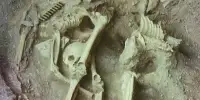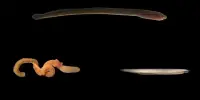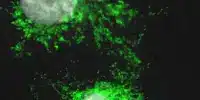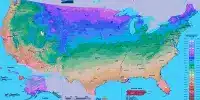For the first time two decades ago, a multinational team of scientists mapped virtually the whole human genome, deciphering the genetic code of human life.
The global effort was a tremendous scientific achievement, and the voyage of discovery assisted researchers in deciphering the genetic foundations of complicated disorders including Alzheimer’s, cancer, and multiple sclerosis.
The initiative also advanced our knowledge of why humans evolved to be more intelligent than other animals and plants, ushering in a new age of biomedical research.
However, the mapping was never completely finished. Scientists have now unveiled a new blueprint that better depicts the diversity of humankind.
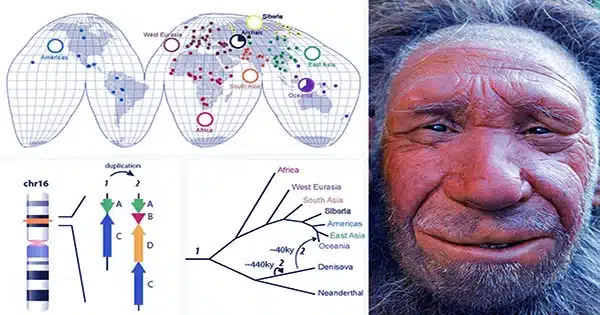
Trailblazers: The initial human genome was mostly based on one anonymous individual who replied to an ad in The Buffalo (New York) Evening News in March 1997 seeking project volunteers.
Each person’s genome differs slightly — by less than a percentage point — from the next, yet many genetic variants remain unknown to researchers due to the reliance on a single reference genome.
A new “pangenome” was created by combining the DNA of 47 people from every continent except Antarctica and Oceania. According to the scientists involved, the upgrade will increase our ability to identify diseases and comprehend the genetic mutations that cause illness, among other things.
Defying gravity: A good night’s sleep can make all the difference. To avoid long-term sleep loss, fatigue-induced errors, and health concerns, NASA mandates astronauts to have 812 hours of sleep per night when on missions.
Proper sleep in zero gravity can be difficult, and astronauts on board the International Space Station, like individuals on Earth, deal with sleep disorders.
Fortunately, NASA’s Ames Research Center in Mountain View, California, is creating technologies to assist astronauts in overcoming sleep issues.
The lab, led by Dr. Erin Flynn-Evans, also simulates space missions to better understand how crew members might operate when sleep is limited while living on Mars or the moon.
Across the universe: The Voyager space probes were launched in 1977. These two record-breakers are the only two human-made objects outside our sun’s protective shell, sending back invaluable data about interstellar space.
The two spacecraft were originally designed to function for four years, therefore their long-distance cosmic journeys were unplanned. Suzanne Dodd, the project manager for Voyager at NASA’s Jet Propulsion Laboratory in Pasadena, California, refers to them as “senior citizens.”
“I kind of describe them as twin sisters,” Dodd explained. “One has lost its hearing and requires hearing aids, and another has lost some of its sense of touch.” As a result, they’ve failed in diverse ways over time. But, in general, they’re in good health for their age.”
Dodd intends to keep these trailblazing missions running for years to come with proper care and monitoring.
Lookup: The realm of privatized spaceflight is becoming more active and daring.
Virgin Galactic, the British billionaire Richard Branson’s suborbital space tourism enterprise, is preparing for its first voyage to the edge of space in nearly two years in late May. After years of promises and missing deadlines, the business expects it to be the final test run before Virgin Galactic can open up rides for paying consumers.
A Michelin-starred lunch served at the edge of space, 15.5 miles (25 kilometers) above the Earth’s surface, is also on the horizon. “Pre-reservation tickets” for upcoming journeys in Celeste, a pressurized restaurant capsule linked to a stratospheric balloon, are now available.
Fantastic creatures: An multinational team of scientists discovered stunning butterflies that were previously unknown to science in the collection of London’s Natural History Museum.
Their elaborate wing patterns, which feature black-and-white eyespots on orange-tipped hind wings, inspired the researchers to name the genus Saurona — an homage to J.R.R. Tolkien’s “The Lord of the Rings” trilogy’s Eye of Sauron, a fiery symbol of the evil overlord.
In Saurona, one of nine newly found butterfly groups described in a recent study, the scientists documented two separate species.
Defining new species candidates isn’t always easy, and scientists have been debating how to classify Earth’s tremendous biodiversity since the dawn of biology.

